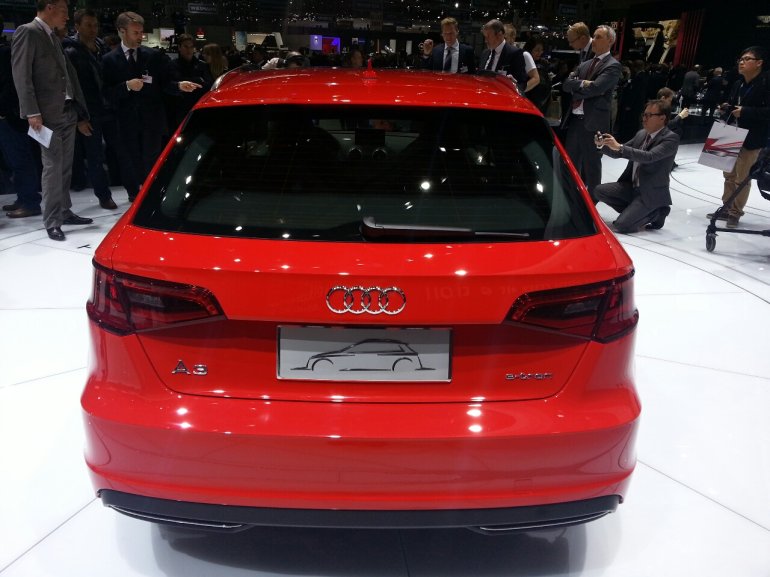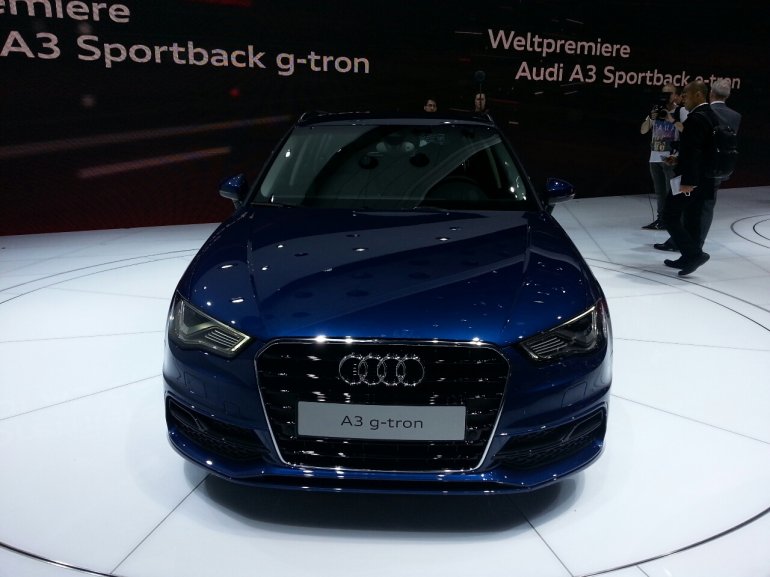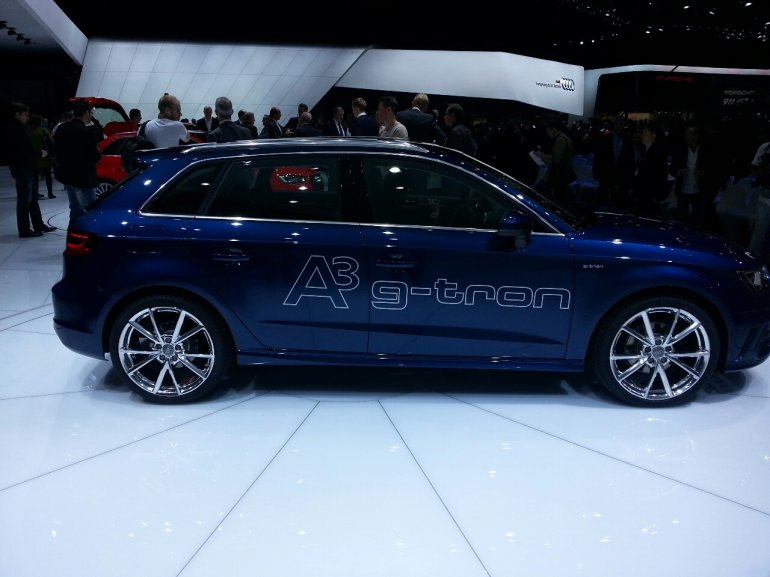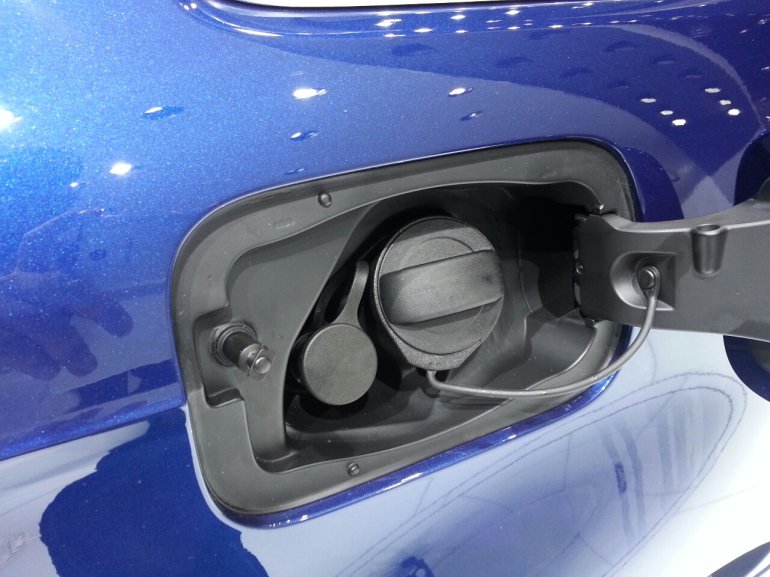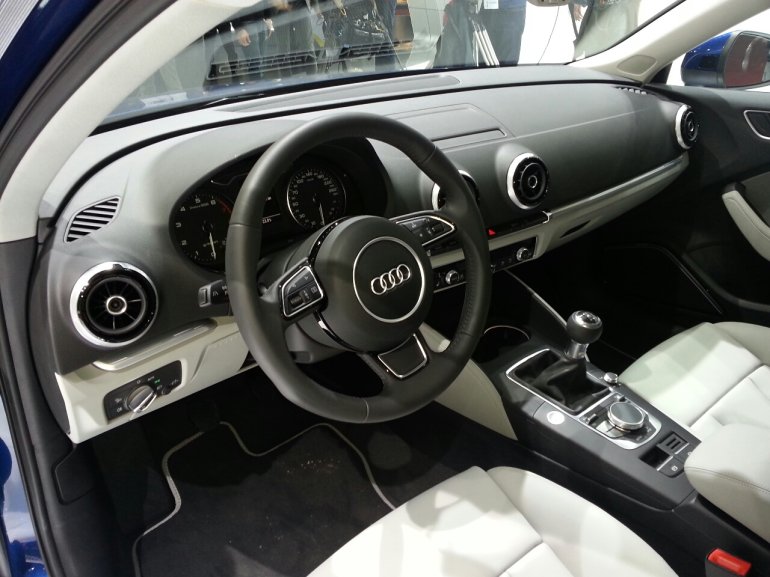Audi A3 e-tron
The Audi A3 e-tron plugin hybrid variant has been unveiled in Geneva with a 204 hp/350 Nm rating. Delving on numbers, the car is able to accelerate from 0-100 kph in just 7.6 seconds with a fantastic fuel economy figure of 66.6 kpl, while achieving a top speed of 22 kph. The CO2 emission is 35 g/km and in pure electric model, the car car reach a top speed of 130 kph with a range of 50km.
The combustion engine is a 1.4-litre TFSI unit that makes 150 hp, while the electric motor has an output of 75 KW. The electric motor delivers peak torque up to 2,000 rpm, while the petrol engine's peak torque is spread out between 1,750 rpm to 4,000 rpm.
The Audi A3 e-tron can be operated in combustion mode, electric mode or in hybrid mode. Both power plants can be activated simultaneously (referred to as “boosting”) for extra power. When the foot if off the accelerator pedal, they both deactivate temporarily (referred to as “gliding”). In this way, the motor braking torque is eliminated and efficiency increases.
Audi A3 g-tron
The Audi A3 g-tron is powered by a CNG powertrain. It uses two tanks placed under the luggage compartment that can hold 7kg of CNG each at 200 bar pressure. A tank weighs about 27 kilograms less than a petrol tank.
The tanks are built in two layers, the first uses a gas-impermeable polyamide polymer, while the second layer is built using carbon fiber-reinforced polymer (CFRP) which gives it high strength. A third layer of glass fiber reinforced polymer (GFRP) provides protection against external damage. High-strength epoxy resin binds fiber reinforced materials.
A gas pressure regulator is another innovation in the g-tron model. It reduces the high pressure of the gas flowing from the cylinders down to around five to nine bar in two stages to ensure that the gas rail and the injector valves are always in the right pressure - low pressure for low speed driving and higher pressure when the driver calls for it with a heavier foot.
If the tank pressure drops below ten bar, the engine management system automatically switches over to gasoline operation. The performance figures are identical in CNG and gasoline modes.
The CNG mode provides around 400 km range, and the gasoline mode adds about 900 km. Two displays in the instrument cluster provide the driver with updated information on the fuel level in each tank as well as the current fuel consumption depending on the operating mode.
The two filler necks have a common fuel flap. If the climatic conditions are very cold, the car is started with gasoline and then switched over to natural gas.
The engine is a 1.4L TFSI with modifications made to the cylinder head, turbocharging, injection system, and the catalytic converter. In both modes, the engine develops 110 hp and 200 Nm of torque with a top speed of 190 km/h. 0 to 100 km/h acceleration takes eleven seconds. The car consumes less than 3.5 kilograms per 100 km of CNG and CO2 emissions stand at 95 grams per km in gas mode.



